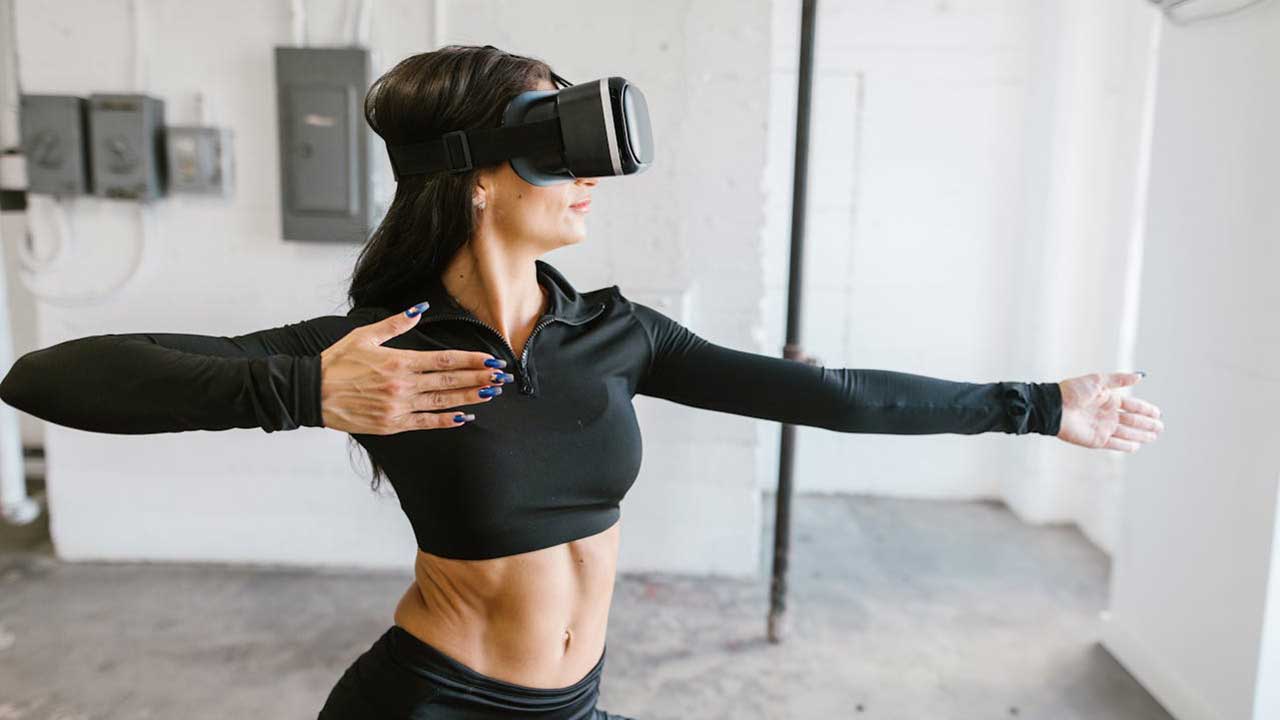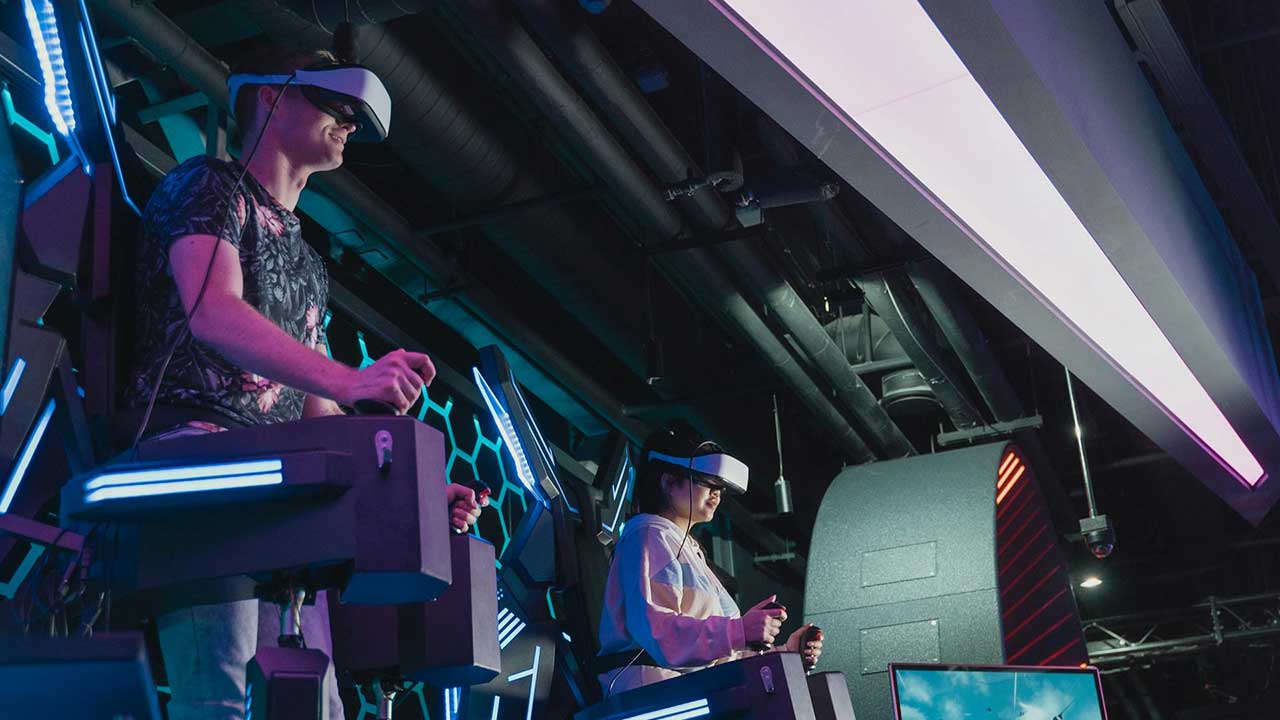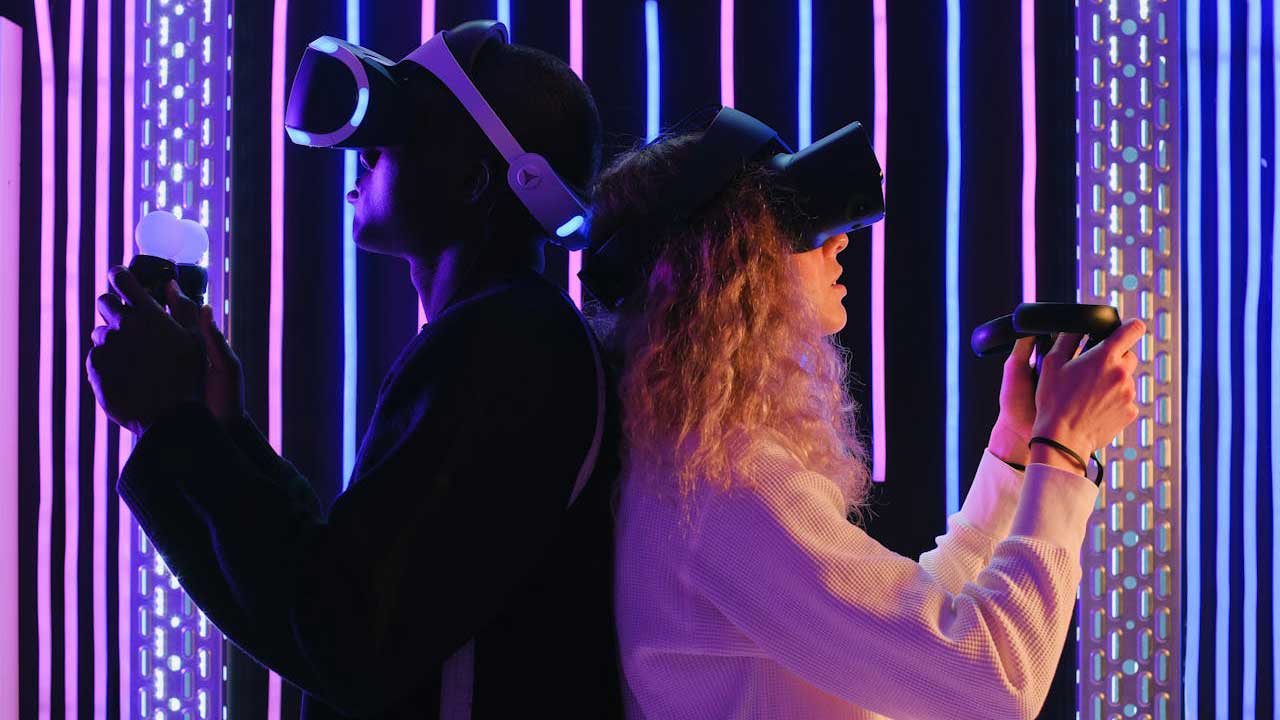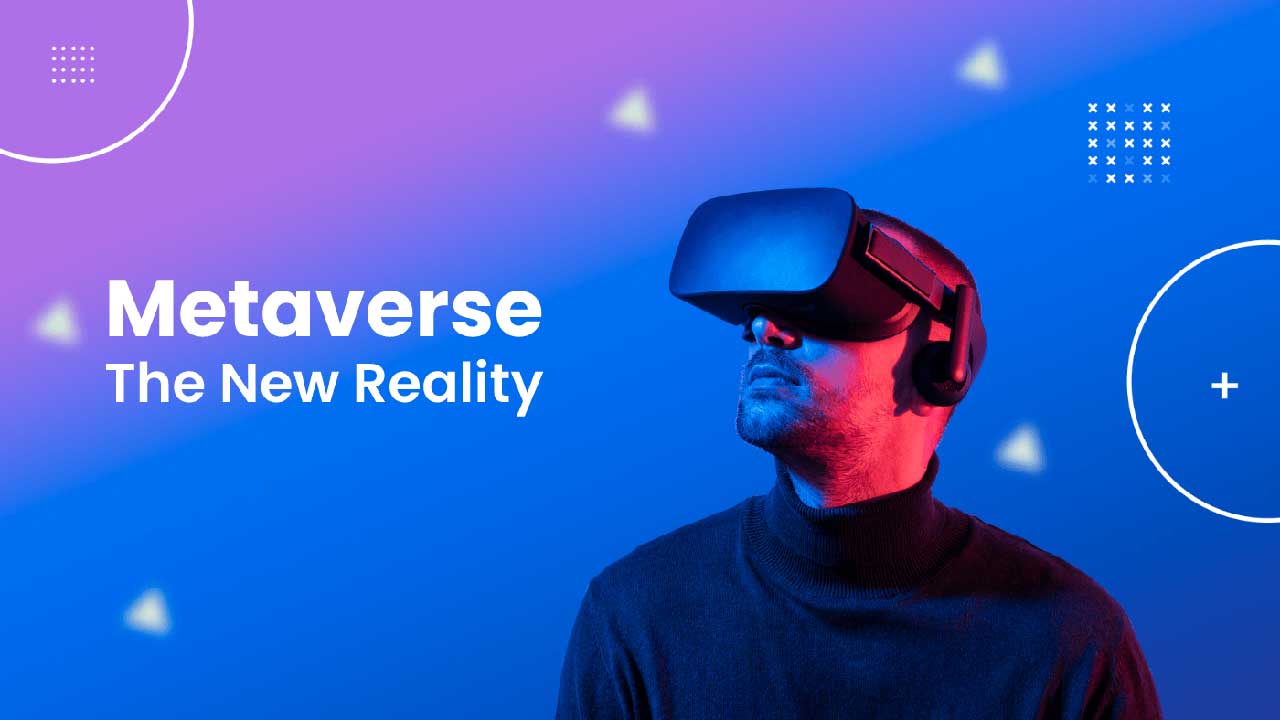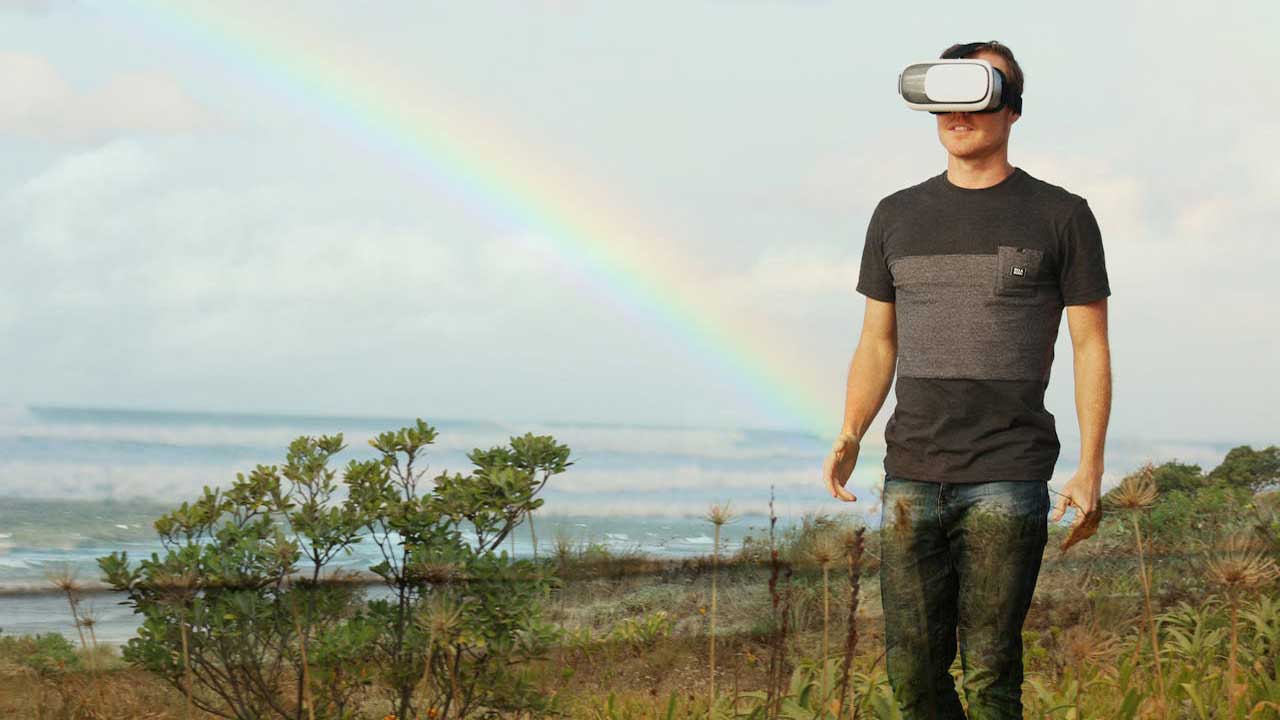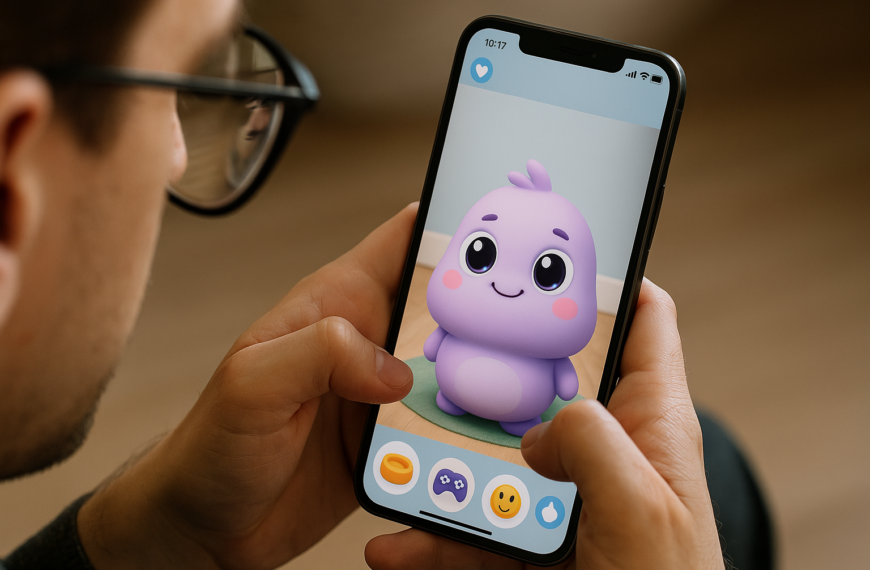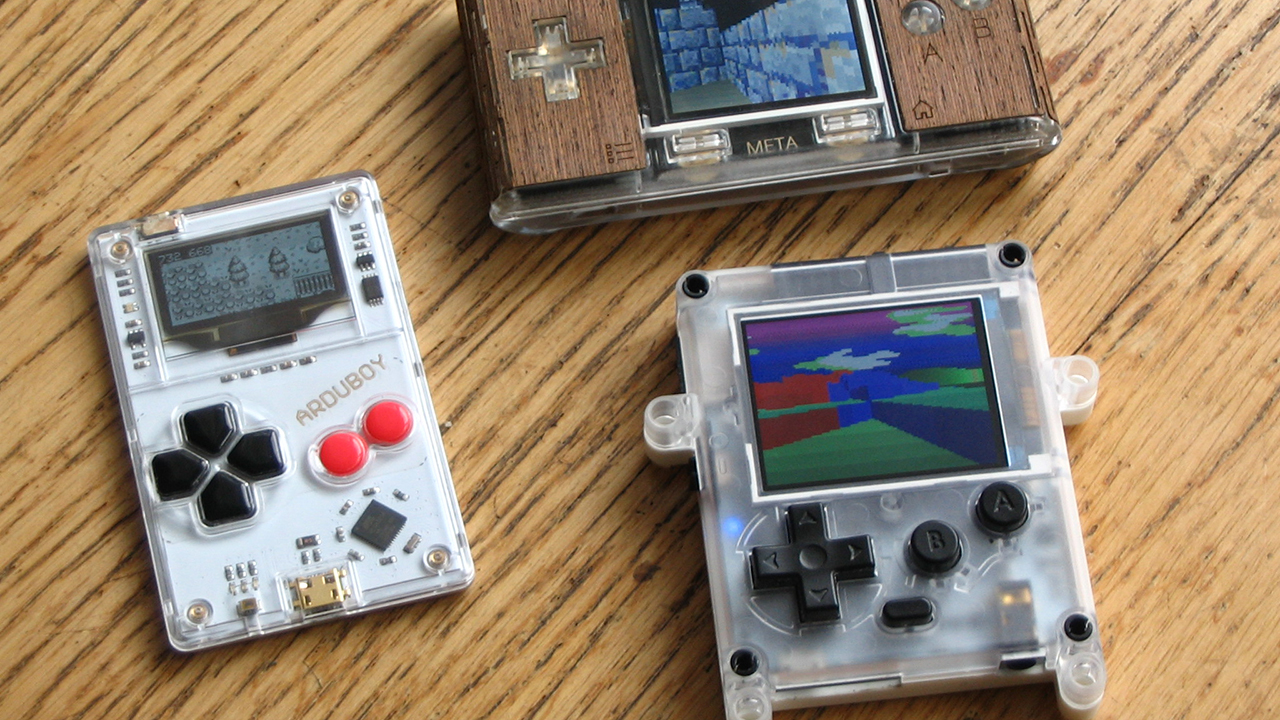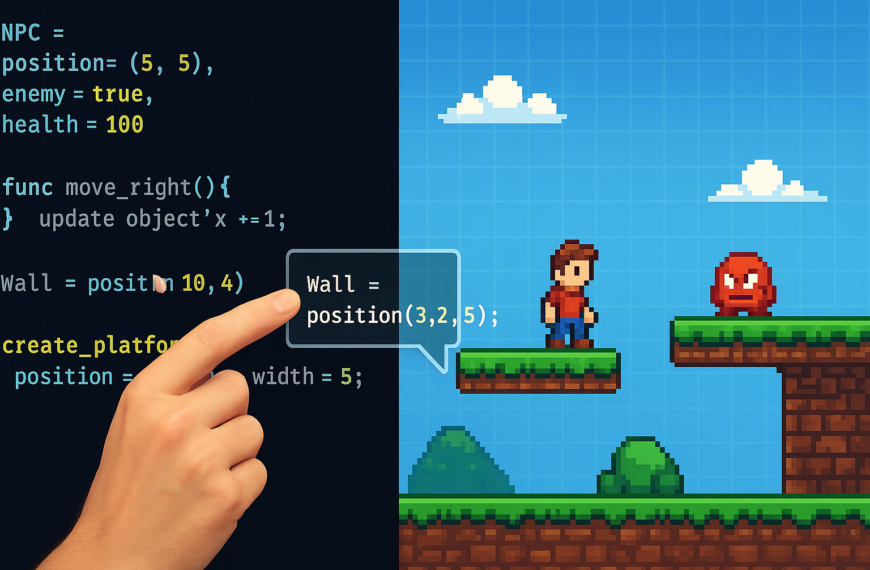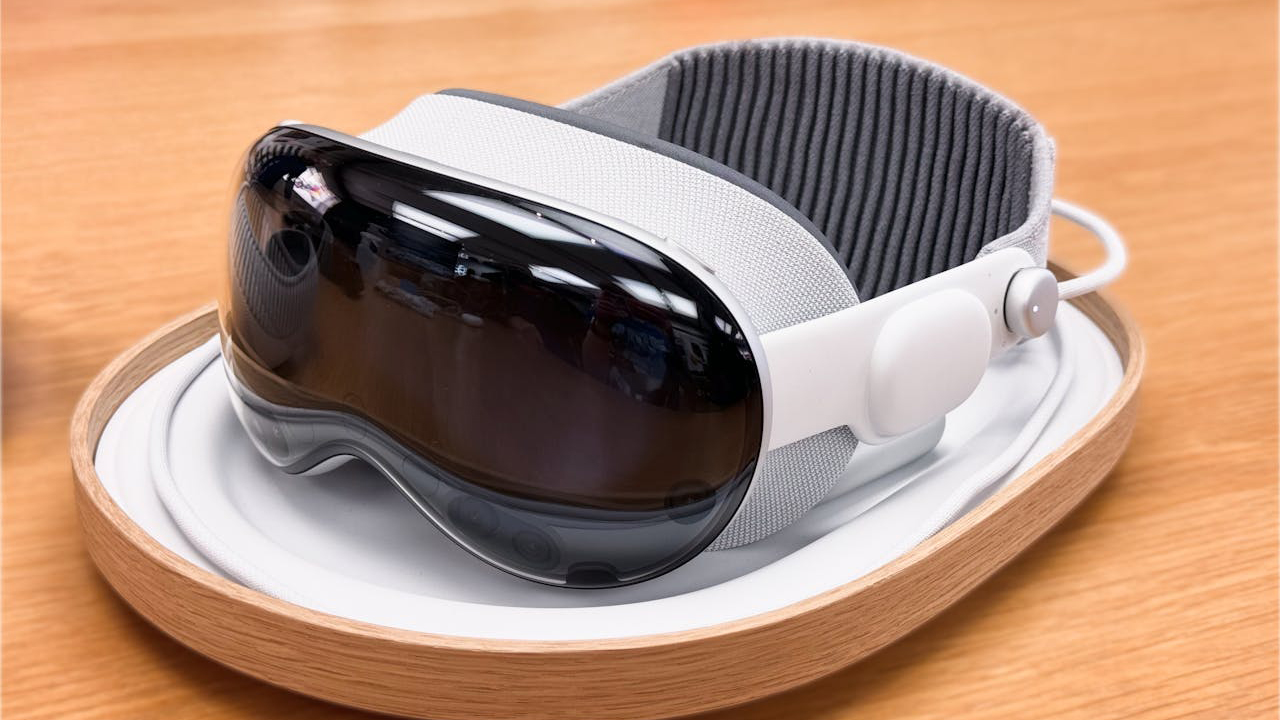Virtual reaThe Largest Unsolved Problem in VR
Virtual reality has come a long way—headsets are more powerful, games are more immersive, and more people are giving it a shot than ever before. But despite all the progress, there’s still one major thing holding VR back. It’s not graphics, hardware, or even content alone. It’s a deeper issue that quietly affects everything else. Whether you’re a developer, gamer, or just curious about where VR is headed, understanding this unsolved problem is key to seeing why VR still hasn’t hit the mainstream the way people expected it to.
Locomotion: The Movement Dilemma
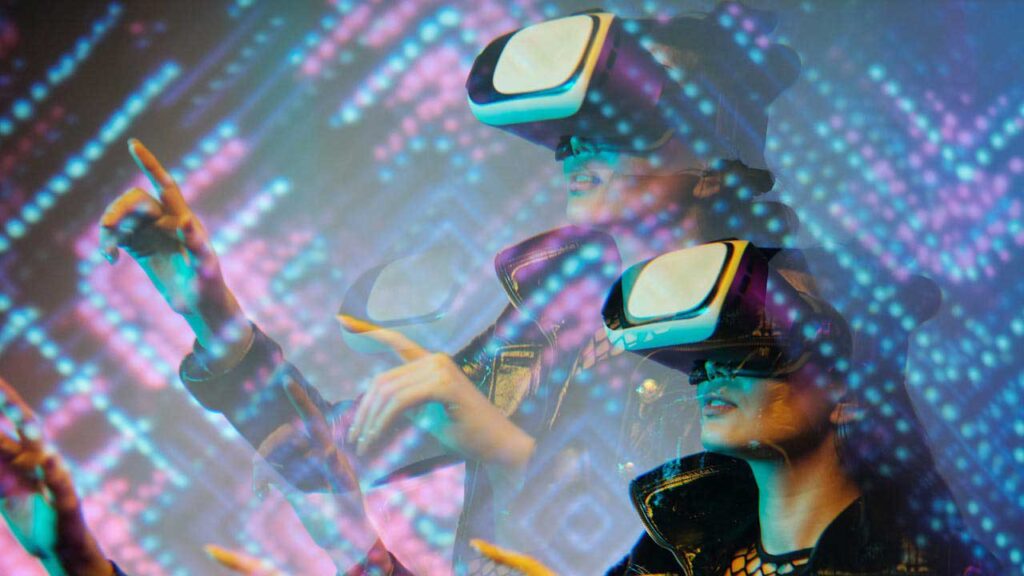
Image Credit: Darlene Alderson/Pexels
Moving around in virtual reality isn’t as intuitive as it should be. Most systems rely on teleportation or joystick navigation, which can feel unnatural and disorienting. This disconnect between physical and virtual movement often leads to motion sickness, breaking the sense of immersion.
Developers are experimenting with solutions like treadmills and room-scale tracking, but these come with their own set of challenges, including cost and space requirements. Until a seamless method of virtual movement is achieved, locomotion remains a significant hurdle in VR development. Meta’s developer resources discuss the importance of reducing mismatches between visual and physical cues to enhance user comfort.
Visual Fidelity: Striving for Realism
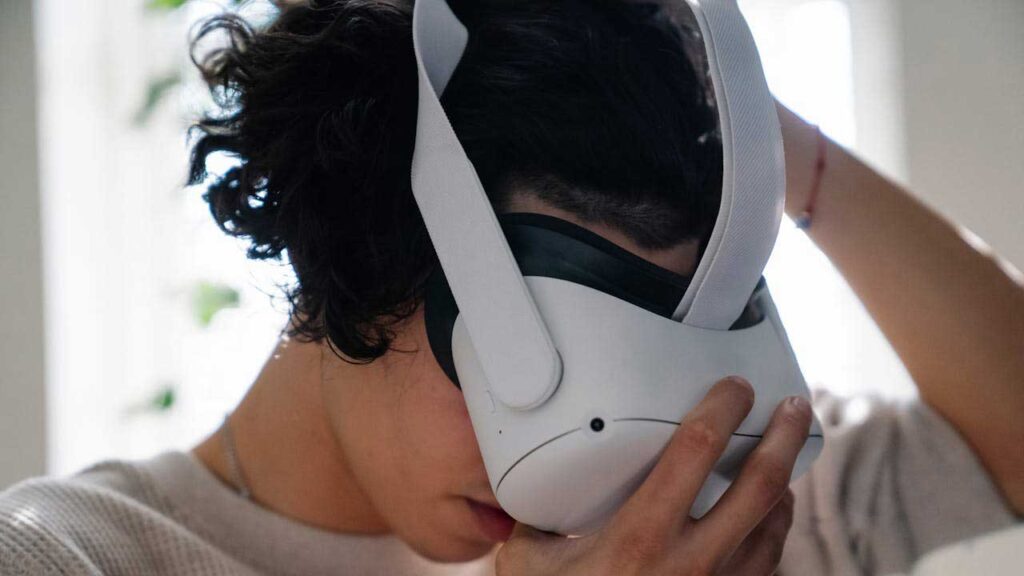
Image Credit: Eren Li/Pexels
Achieving high-quality visuals in VR is more complex than in traditional media. Rendering two images simultaneously at high frame rates demands significant processing power, often leading to compromises in visual detail. This can break immersion and remind users they’re in a simulated environment.
While hardware advancements are helping, there’s still a noticeable gap between real-world visuals and VR representations. Bridging this gap is essential for creating truly immersive experiences. Research indicates that higher visual fidelity in VR environments can enhance memory performance and user engagement.
User Comfort: The Physical Strain
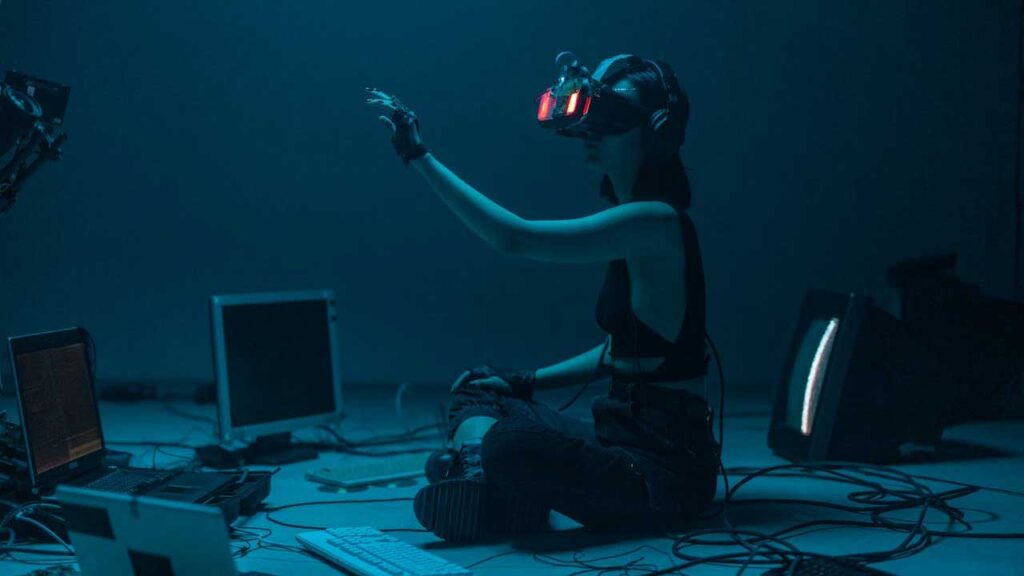
Image Credit: cottonbro studio/Pexels
Extended VR sessions can be physically taxing. Headsets are often heavy, and prolonged use can lead to discomfort or even pain. Additionally, issues like eye strain and motion sickness are common complaints among users.
Designers are working on lighter, more ergonomic headsets, but there’s a long way to go. Ensuring user comfort is crucial for the widespread adoption of VR technology. Some analyses highlight the trade-offs between comfort and stability in headset design.
Privacy Concerns: Data in the Virtual World

Image Credit: Faisal Rahman/Pexels
VR systems collect a vast amount of personal data, from movement patterns to biometric information. This raises significant privacy concerns, especially when considering how this data might be used or shared.
Companies need to establish clear policies and safeguards to protect user data. Without proper measures, privacy issues could hinder the growth and acceptance of VR technologies. Studies have shown that VR technologies capture extensive user data, which can be used to infer sensitive personal information.
Accessibility: Bridging the Digital Divide
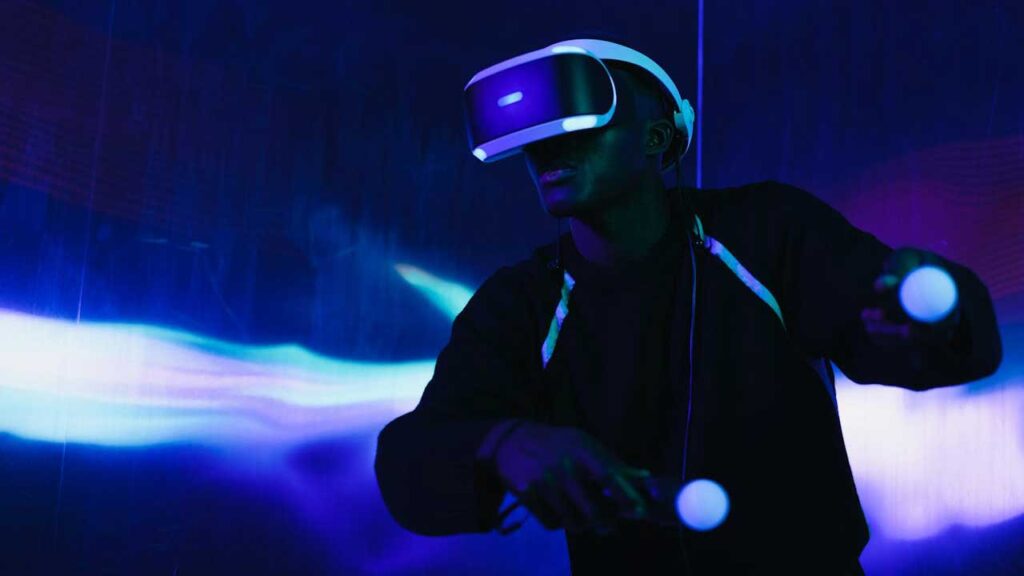
Image Credit: SHVETS production/Pexels
Not everyone has equal access to VR technology. High costs and technical requirements can be barriers for many potential users. Additionally, individuals with disabilities may find current VR systems challenging to use.
Developers must prioritize inclusivity, ensuring that VR experiences are accessible to a broader audience. This includes creating affordable options and designing with diverse user needs in mind. Efforts are being made to address accessibility challenges in VR, but more work is needed to make these technologies truly inclusive.
Content Quality: Beyond the Novelty

Image Credit: Fauxels/Pexels
While VR offers unique experiences, the content available often lacks depth and replayability. Many applications feel more like tech demos than fully developed products.
Investing in high-quality, engaging content is essential for retaining users and demonstrating the true potential of VR. Without compelling experiences, users may lose interest quickly. Discussions among users highlight the need for more substantive and replayable VR content.
Social Interaction: The Isolation Factor
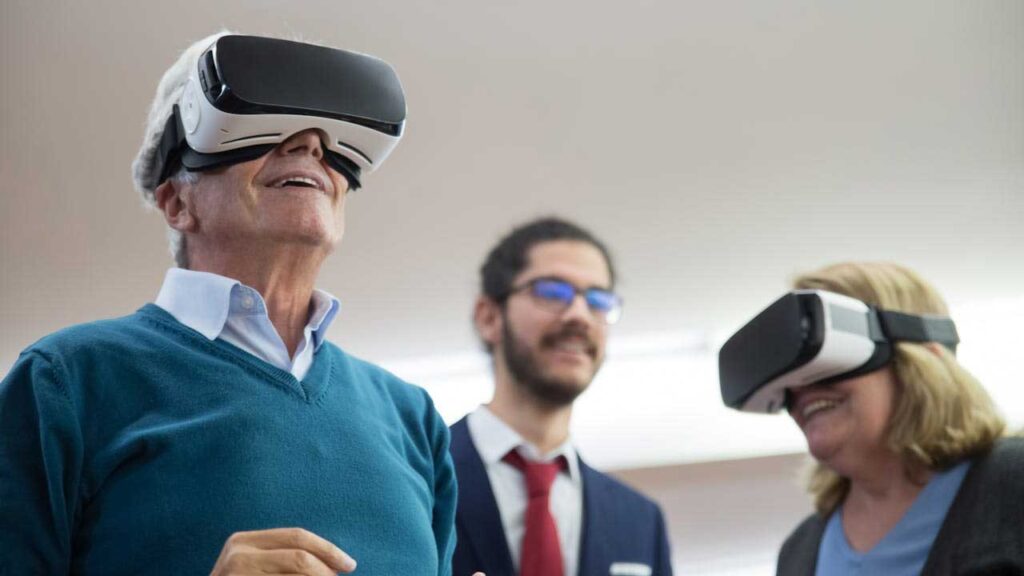
Image Credit: Kampus Production/Pexels
VR can be a solitary experience, which contrasts with the inherently social nature of many activities. While there are multiplayer VR applications, interacting in virtual spaces doesn’t always replicate the nuances of real-world communication.
Enhancing social features and creating more natural interaction methods are vital for making VR a more connected experience. This includes improving avatars, voice chat, and shared virtual environments. Concerns have been raised about VR’s potential to isolate users from real-world social interactions.
Final Thoughts

Image Credit: Norma Mortenson/Pexels
Virtual reality holds immense promise, but several challenges remain unresolved. Addressing issues like locomotion, visual fidelity, user comfort, privacy, accessibility, content quality, and social interaction is crucial for the technology’s evolution.
As developers and companies continue to innovate, overcoming these hurdles will determine the future success of VR. Meta’s ongoing efforts to enhance visual fidelity in VR headsets aim to make virtual experiences indistinguishable from reality, highlighting the industry’s commitment to tackling these challenges.
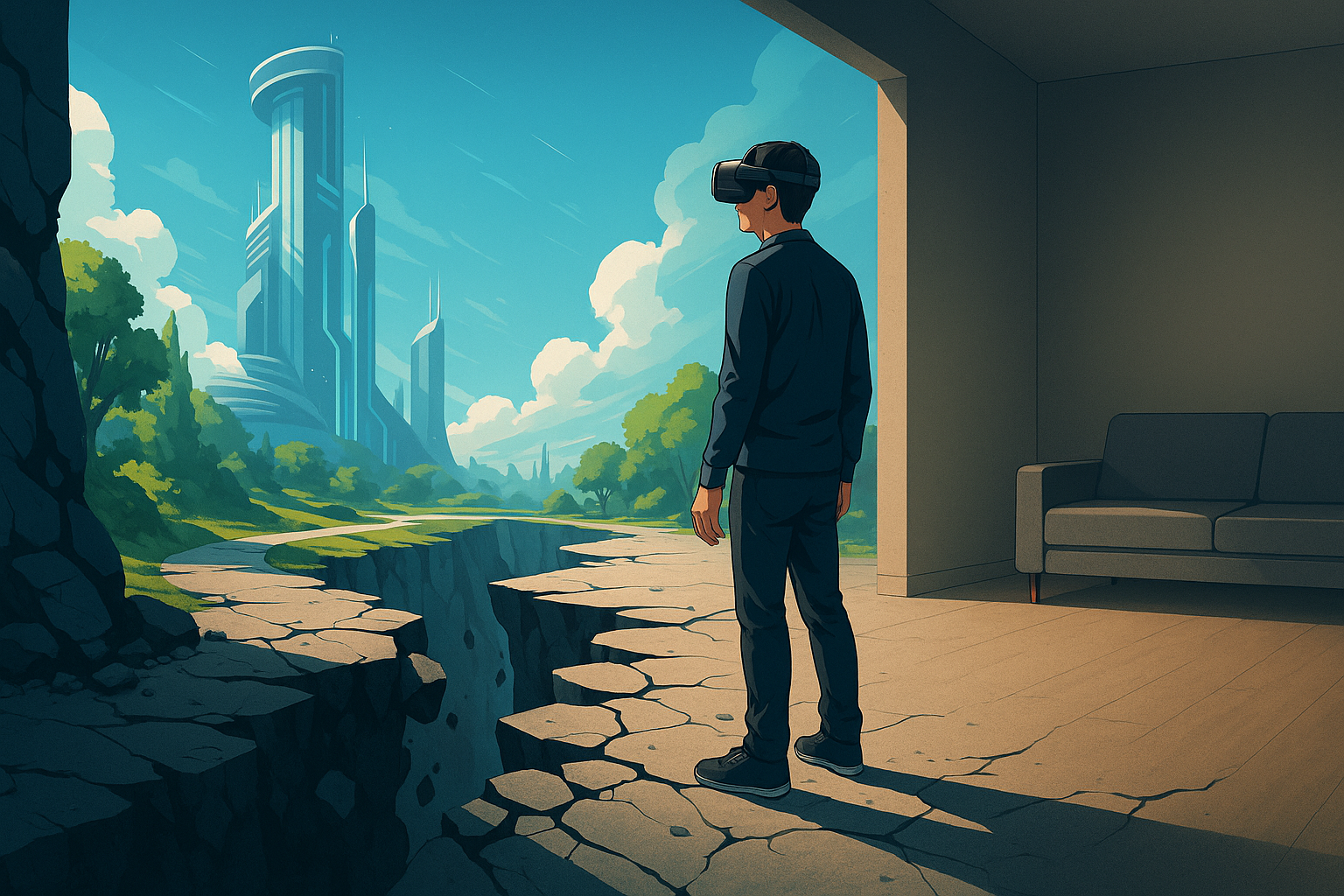
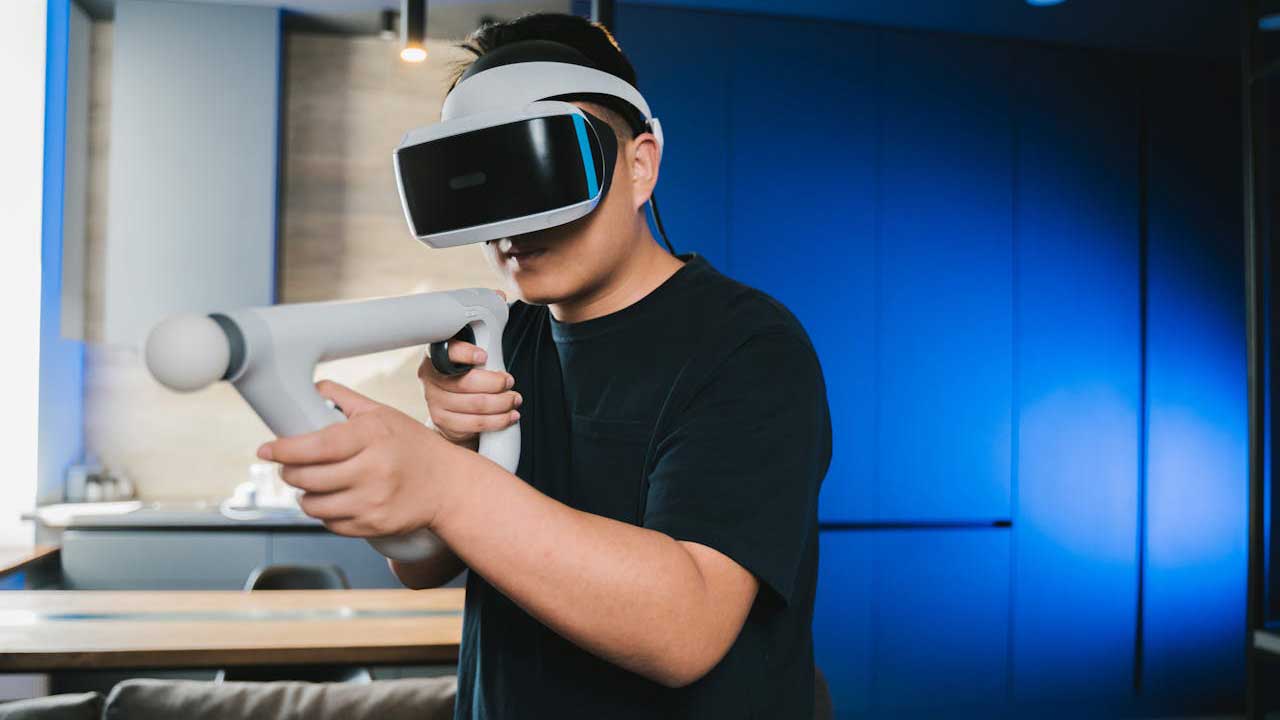
 By
By